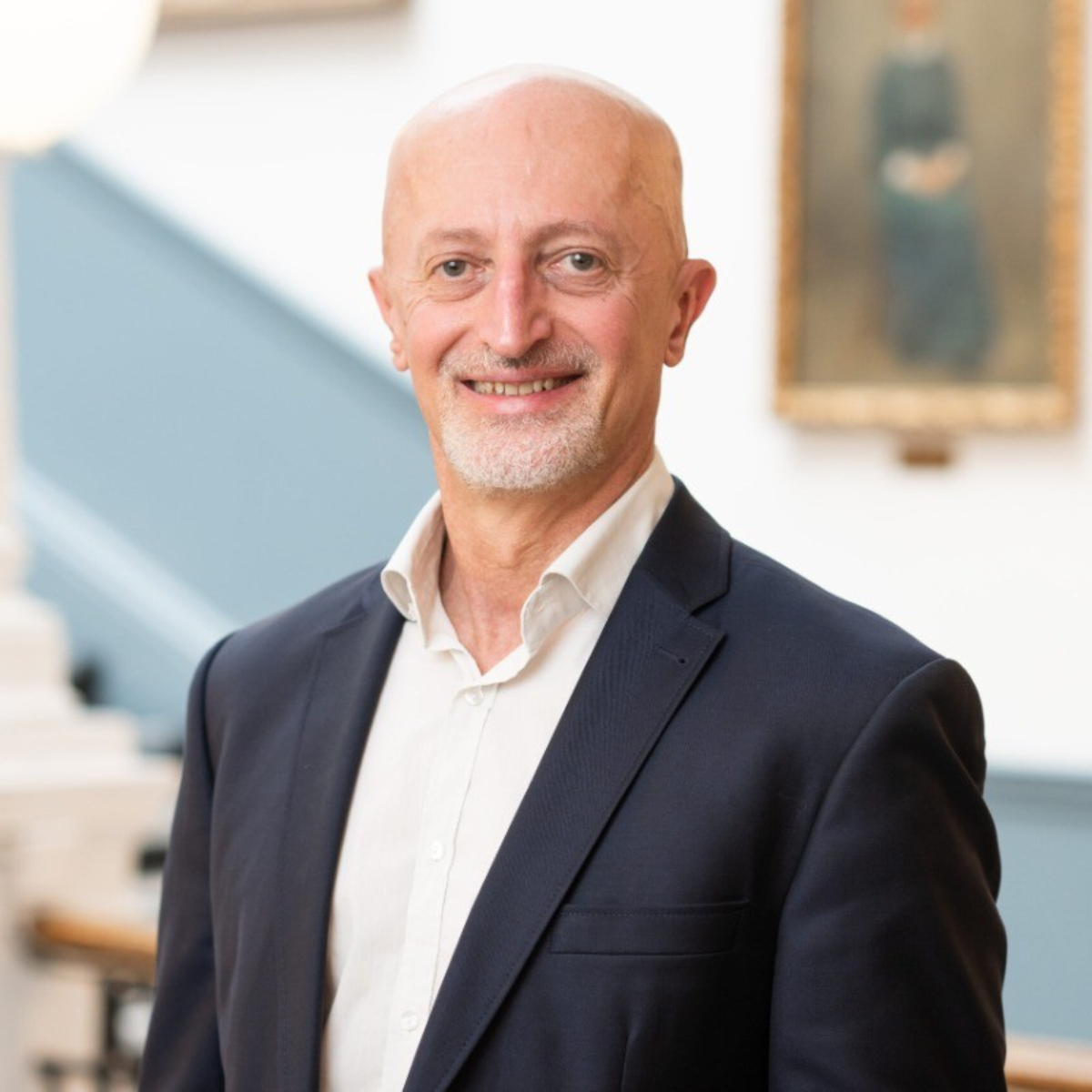ReFleks
Regenerative medicine for fixing joint damage to stop progression to osteoarthritis

Queen Mary Innovation » Spinouts » elcella

Prof Francesco Dell'Accio
Professor of Musculoskeletal Regenerative Medicine and Rheumatology

Dr Suzanne Eldridge
Senior Lecturer of Musculoskeletal Regenerative Medicine
ReFleks have developed a new way to repair osteochondral defects – a common form of joint damage often caused by sports injuries or trauma – and to prevent progression to osteoarthritis.
The method is substantially cheaper and significantly easier to administer than even the best of today’s approaches – making it more viable for healthcare providers. The invention paves the way for a future restorative treatment for osteoarthritis – a leading cause of workplace absenteeism.
How it works
The treatment uses Agrin, the protein which builds and maintains the link between our motor neurons and muscle fibres.
A small soluble polypeptide (a chain of amino acids) derived from Agrin changes the cellular and molecular repair process in our joints to block cartilage degradation and form new cartilage faster. This repairs the damaged cartilage, lessens the pain, restores joint function, and prevents the onset of osteoarthritis.
Patients can track their recovery using the ReFleks App, available from the Apple store and from Google Play.
Up to half of those who injure a joint go on to develop osteoarthritis – a debilitating condition for which there is no cure. By repairing the damaged cartilage after an injury, clinicians can stop this happening as well as improving immediate quality of life.
How it compares
ReFleks is a major step up from today’s approaches. As it’s administered by injection to the affected joint, it doesn’t require open surgery, so it’s easier to administer than the current invasive surgical approach. It is also significantly cheaper than surgery, making it affordable for health services, and it can be done quickly, so athletes can get back in the game quickly and with fewer complications.
The current gold standard is Autologous Chondrocyte Implantation (ACI), a two-step operation in which small patch is sewn over the defect with the patient’s healthy cartilage cells implanted under it. These cells must first be harvested from the joint and cultured in a lab. The whole process is highly technical, can take 8 weeks, requires two surgical procedures and costs in excess of £16k, which is the maximum reimbursable amount by the NICE guidelines, preventing it from being a treatment option for patients on the NHS. The number of specialist clinicians needed makes it difficult to schedule – which combined with the high cost has limited its uptake.
The other option is to deliberately create a microfracture to access the underlying bone marrow. The quality of the repair using this method tends to deteriorate after just three years.
By contrast, this invention using Agrin is cheaper and easier to administer because it doesn’t require open surgery. This will make it more viable for healthcare providers.
The market
According to Markets&Markets, the global market for isolated cartilage repair was $1.47Bn in 2022 and expected to grow to $4.5Bn by 2027. The growing market is due to an ageing population, rising obesity, and more sports and trauma injuries.
ReFleks is currently seeking investment to fund drug development. Contact Dr Monika Hamilton for more information.
More detailed description and data: Agrin for the treatment of osteoarthritis



